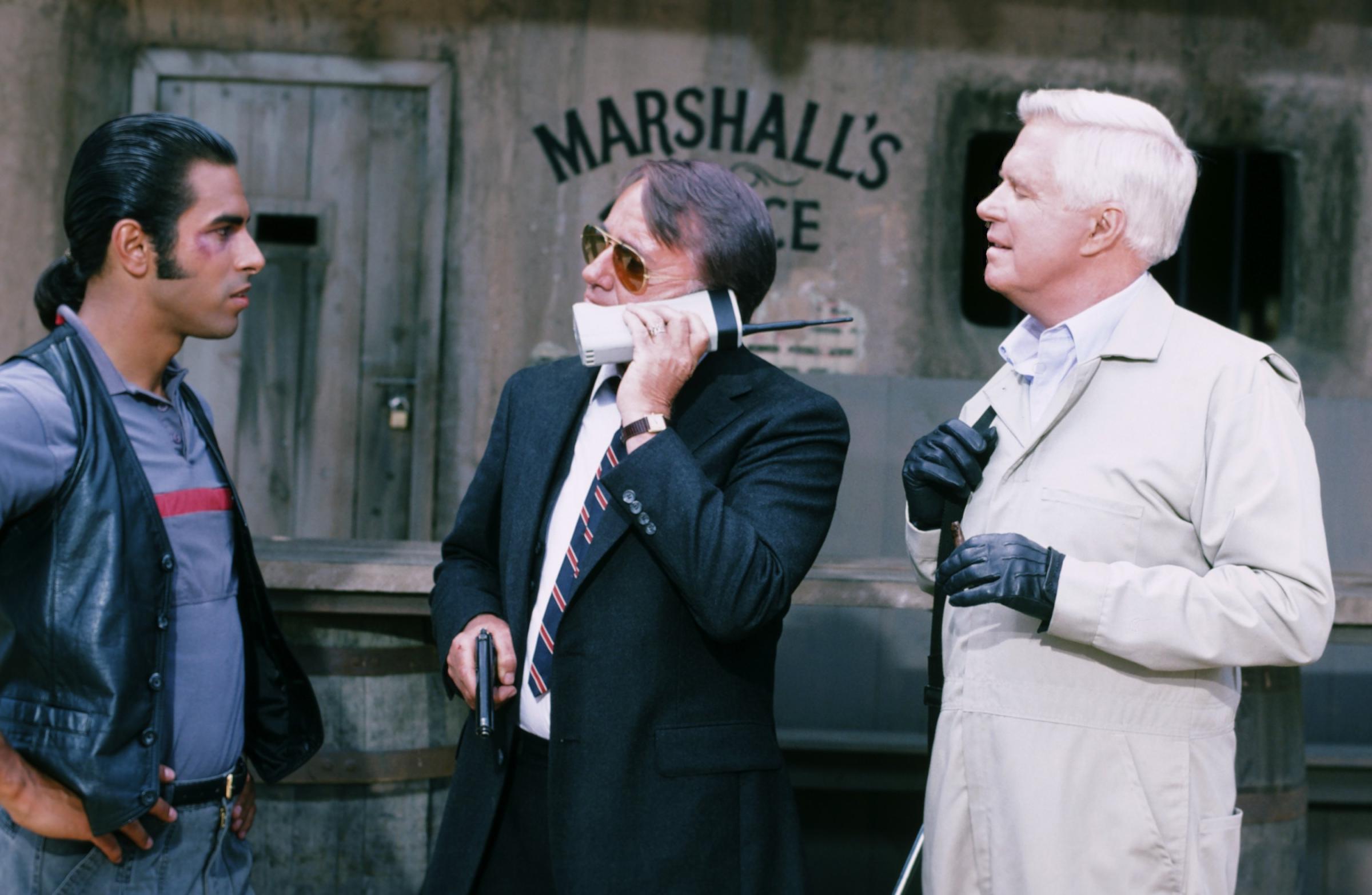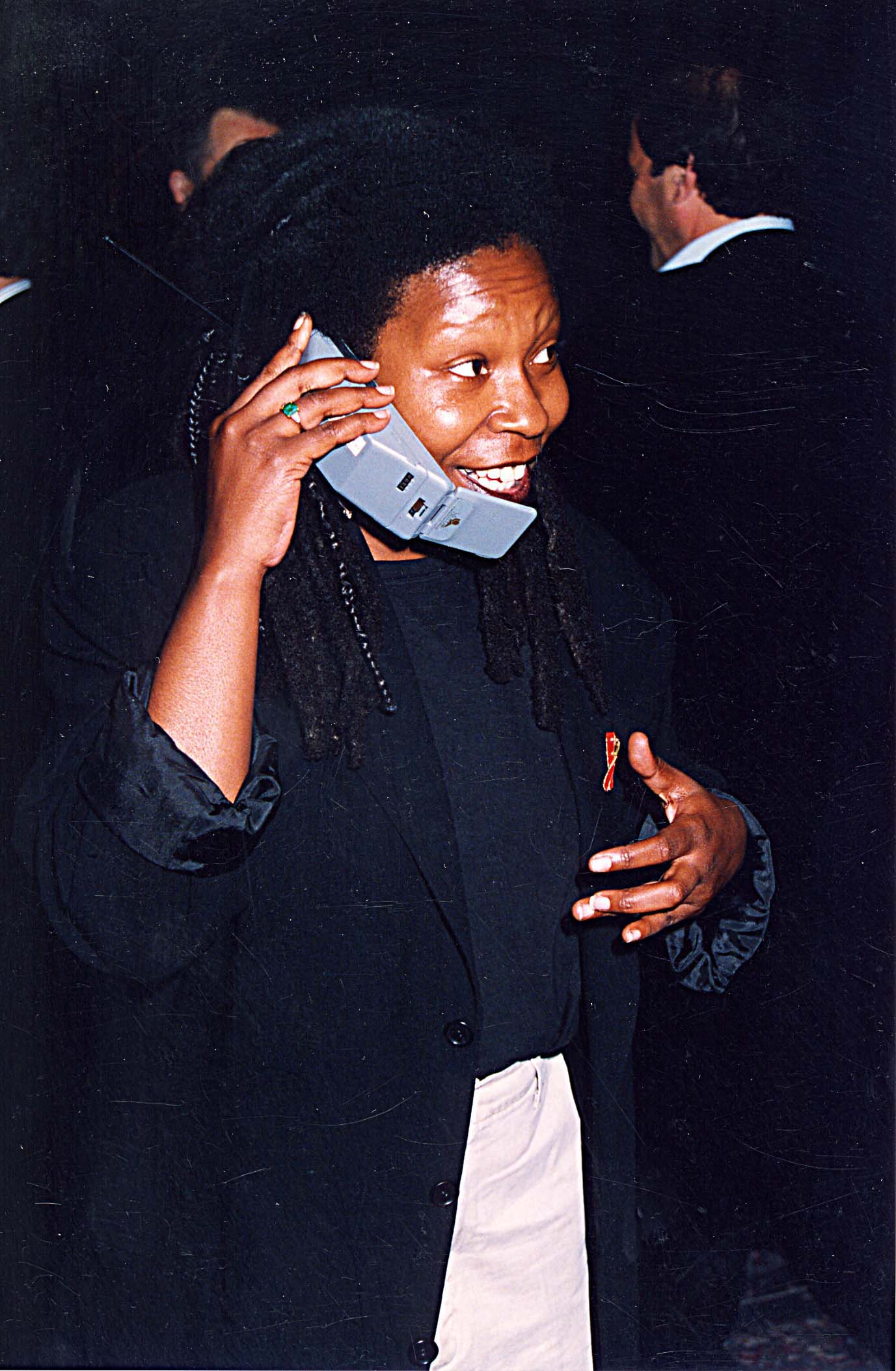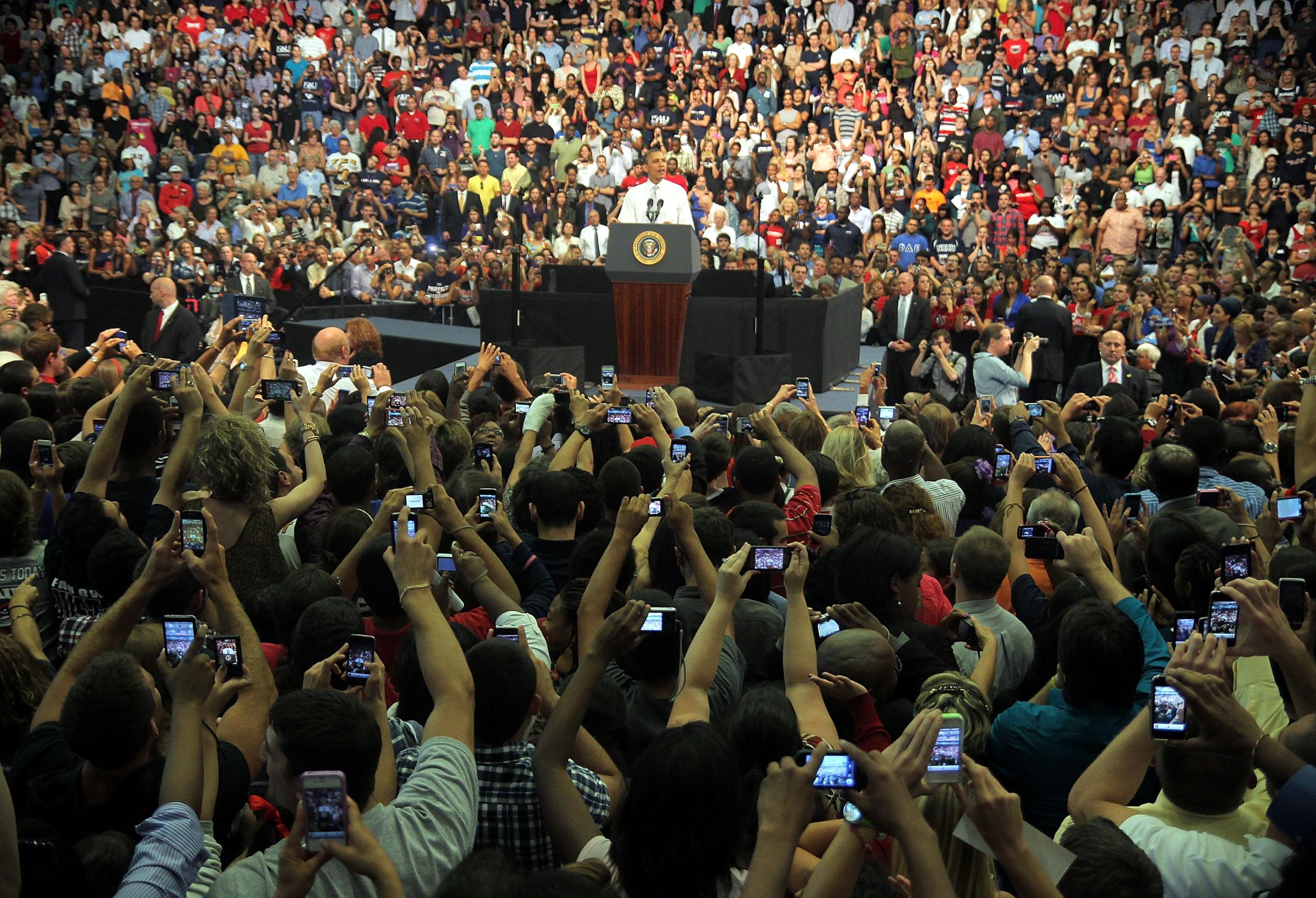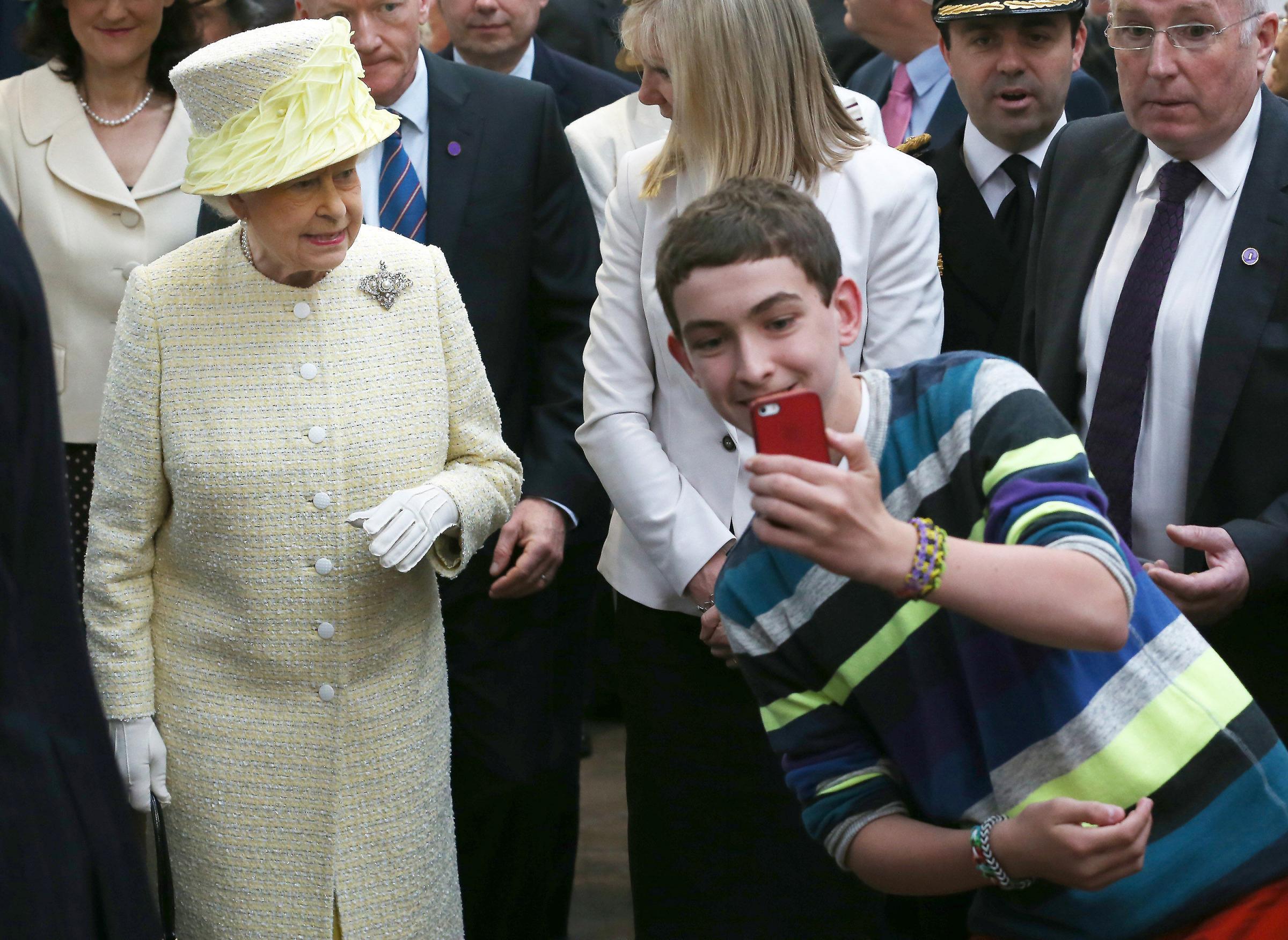
We keep a close eye on smartphone trends at FindTheBest, from changing screen sizes to dropping prices. Over the last few years, the smartphone landscape has shifted significantly, so we set out to rank the most popular manufacturers on key metrics like weight, battery life and expert review scores.
This is a trickier task than you might think, given that hundreds of phones are released each year, though only a handful of them truly end up selling in huge numbers and shaping the future of the industry.
With this in mind, we’re going to make two caveats up front. First, the trends we identify will only be based on modern phones—for our purposes, anything released since January 1st, 2014. Second, we’re focusing only on phones that were widely reviewed by the tech press.
You can find the full list of phones that qualified in the table below:
The 32 Most Widely Reviewed Phones Since 2014 | FindTheBest
With our list in place, let’s rank each manufacturer in eight key categories:
Weight
Lightest: Motorola
Heaviest: BlackBerry
Average Weight by Manufacturer Since 2014 | FindTheBest
Motorola turned in the lightest 2014, at least among their widely-reviewed phones. Critically, the company did not release a giant-screen clunker, which contributed to its sub-150-gram average.*
*For the record, we’re not counting the Nexus 6 in this analysis, which is marketed more as a Google device, even if it is constructed by Motorola.
Thanks to the beefy iPhone 6 Plus, Apple is no longer the lightest manufacturer of the bunch, but it still came close.
On the other end of the spectrum, BlackBerry edged HTC for the heaviest phone maker, despite the BlackBerry Passport’s diminutive 4.5-inch screen. Blame the physical keyboard.
Thinness
Thinnest: Apple
Thickest: Motorola
Average Thinness by Manufacturer Since 2014 | FindTheBest
Apple has been obsessed with thinness for years, and the latest data bears out that trend. As usual, iPhones are the thinnest handsets on the market, and it’s not close.
On the thicker side, we see that feather-light manufacturer Motorola counterintuitively also makes the thickest devices. This is likely yet another consequence of releasing more small-screen phones, on average, than competitors. A smaller display often means less room to squeeze in a battery, and as a result, the need for thicker internals.
Screen Size
Biggest: LG
Smallest: BlackBerry
Average Screen Size by Manufacturer Since 2014 | FindTheBest
Here, we see that LG—not Samsung—now releases the largest phones on average, at least among the most widely reviewed devices. On the smaller side, we see Motorola (as expected), Amazon (which lacks a big-screen, flagship phone), and BlackBerry (where the Passport’s physical keyboard takes up significant phone real estate).
Perhaps the more notable screen size trend is simply how big the average flagship phone has become—now at least five inches for eight top manufacturers.
Talk Time (battery life)
Longest: Samsung
Shortest: Motorola
Average Talk Time by Manufacturer Since 2014 | FindTheBest
Battery life is a notoriously misleading statistic, as manufacturers can manipulate their in-house tests to produce better numbers. Even so, the above chart is likely still helpful as a general guide, with popular brands like Samsung and HTC leading the pack, and brands like Nokia and Motorola lagging well behind.
Pixel Density
Most crisp: BlackBerry
Least crisp: Huawei
Average Pixel Density by Manufacturer Since 2014 | FindTheBest
A glamor stat among tech geeks, pixel density describes the number of pixels per diagonal inch of screen size, or more simply, how crisp the phone’s display will appear. BlackBerry wins this round, but it’s mostly due to the Passport’s tiny, 4.5-inch screen. It’s easier to achieve a high pixel density with a smaller screen.
Instead, the most impressive manufacturer might be runner-up Samsung, who packs millions upon millions of pixels across a variety of five- to six-inch phones—technically speaking, a much more difficult feat.
On the flip side, we see that budget manufacturers like ZTE and Huawei trail the pack, but keep in mind that each brand had only one phone widely reviewed in America last year, and that neither of these are officially available in the U.S.
Megapixels (in rear camera)
Most: Sony
Least: HTC
Average Megapixels by Manufacturer Since 2014 | FindTheBest
The megapixel march has subsided in recent years, but that hasn’t stopped Sony and Samsung from releasing a handful of smartphones with high-resolution cameras. In 2014, the average flagship Sony and Samsung phone clocked in at over 15 megapixels.
Meanwhile, Apple and HTC sit (predictably) at the opposite end of the chart, two premium brands known for disregarding megapixel counts. Instead, they focus on sensor size, image stability, and low-light effects. We can’t really declare a winner here (who’s to say what the right approach is?), but we can speculate that consumers are no longer falling for megapixel marketing, leading most manufacturers to focus on different specs.
Price (w/contract)
Least expensive: Amazon
Most expensive: Apple
Average Price (w/ contract) by Manufacturer Since 2014 | FindTheBest
Note: The above chart shows only the eight brands where we have enough pricing data to calculate an overall average.
Unsurprisingly, average price tracks popularity very closely. Amazon is now practically giving away its poorly reviewed Fire Phone. And routinely overlooked phone brands like Sony and Motorola are offering bargain prices to convert sales. Meanwhile, Samsung and Apple can get away with charging top-shelf prices for their popular, flagship phones. In the end, it’s all about supply and demand.
Smart Rating
Best: Samsung
Worst: Motorola
Average Smart Rating by Manufacturer Since 2014 | FindTheBest
Finally, we get to arguably the most important number of all. FindTheBest’s Smart Rating combines benchmark performance, specifications and expert reviews for each phone to form one score out of 100, meant to give users a general indication of the phone’s overall quality.
Given the fact that Samsung only topped one other category (talk time), it might come as a surprise that the manufacturer has the best-rated phones of the bunch. The secret is that Samsung phones do very well across most metrics, even if they don’t win many outright. Apple finishes second overall, largely on the strength of glowing reviews from the experts.
The bottom third of the rankings includes a couple of budget Chinese phone makers—Xiaomi and Huawei—whose low prices more than justify their low review scores and middling performance benchmarks. Instead, it’s Amazon and Motorola whose performances are most disappointing. Time will tell whether the two companies are able to bounce back.
PHOTOS: The Rise of Mobile Phones from 1916 to Today













More Must-Reads from TIME
- How Donald Trump Won
- The Best Inventions of 2024
- Why Sleep Is the Key to Living Longer
- Robert Zemeckis Just Wants to Move You
- How to Break 8 Toxic Communication Habits
- Nicola Coughlan Bet on Herself—And Won
- Why Vinegar Is So Good for You
- Meet TIME's Newest Class of Next Generation Leaders
Contact us at letters@time.com